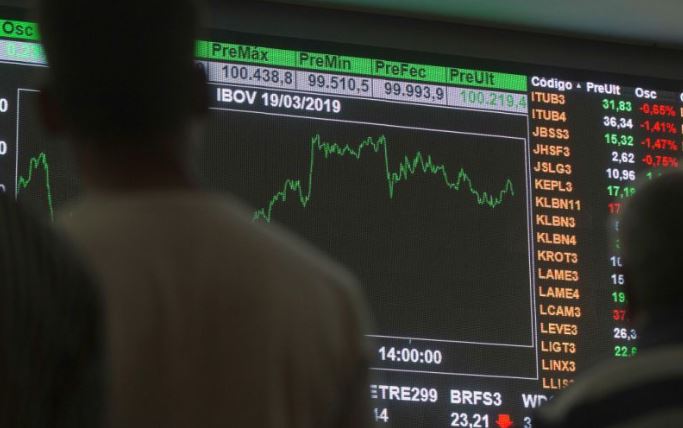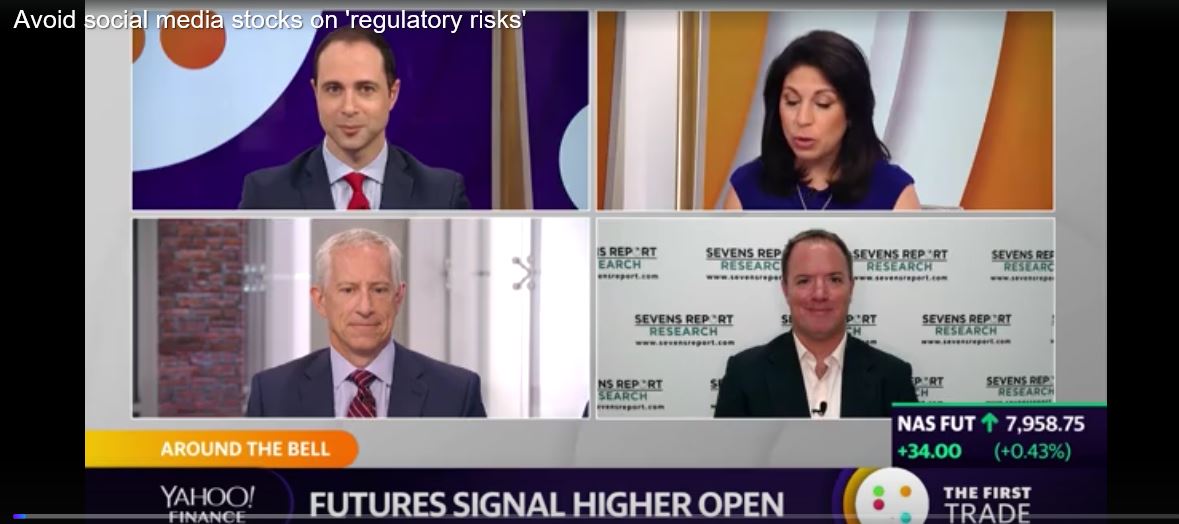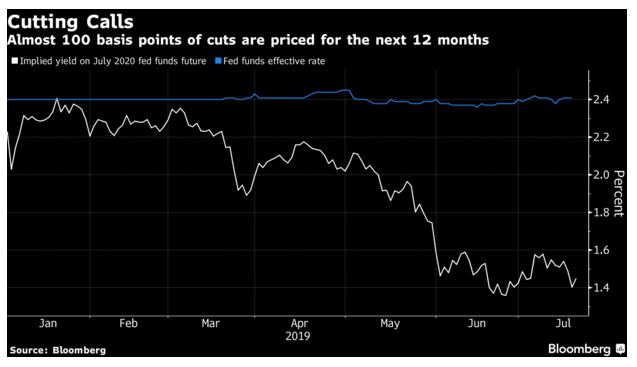What’s in Today’s Report:
- ECB Preview
- The Threat to Oil Prices and the Potential Effect on Bonds
S&P futures are down 10 points this morning after the U.S. DOJ announced an antitrust probe into big tech firms late yesterday while EU economic data badly missed estimates.
The EU PMI Composite Flash for July was 51.5 vs. (E) 52.1 but the German Manufacturing component was especially weak at 43.1 vs. (E) 45.2 rekindling fears of a further, and potentially accelerating, slowdown in the global economy.
In today’s U.S. session, there are two economic reports to watch: The PMI Composite Flash (E: 51.2) and New Home Sales (E: 655K) while no Fed officials are scheduled to speak ahead of next week’s FOMC Meeting.
There is a 5-Yr Note Auction by the Treasury at 1:00 p.m. ET today and the results could have an impact on the yield curve which could ultimately move stocks (like we saw with yesterday’s 2-Yr Auction).
Earnings season is continuing to pick up and today will be a very busy day of releases with BA (-$0.56), T ($0.89), CAT ($3.12), UPS ($1.93), NOC ($4.64), GD ($2.68), FCX (-$0.05), and NSC ($2.77) due to report before the open, and FB ($1.90), TSLA (-$0.52), PYPL ($0.73), and F ($0.30) will hit after the bell.







